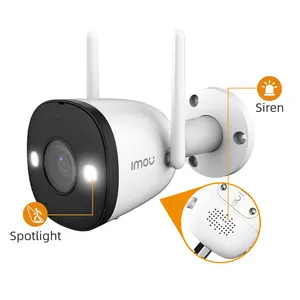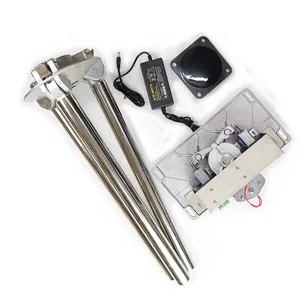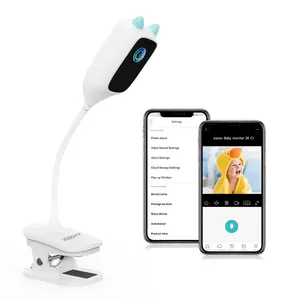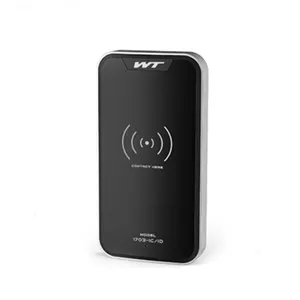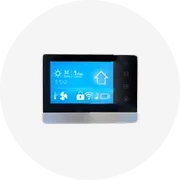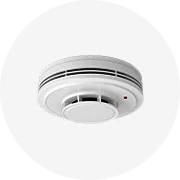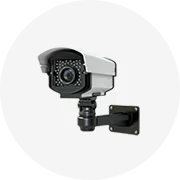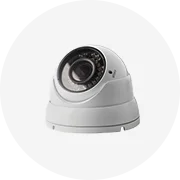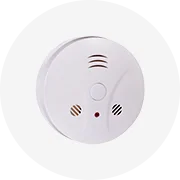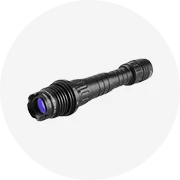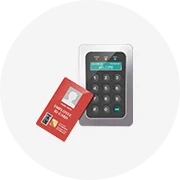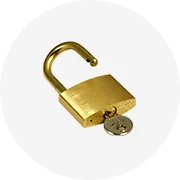Popular in your industry
























































































































































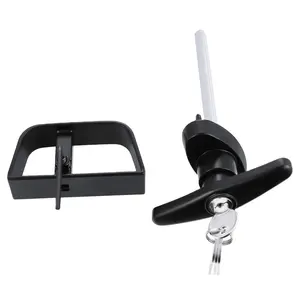

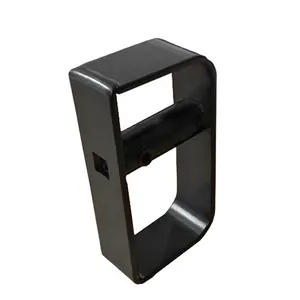





































Top categories
About outswing door lock
An outswing door lock is a specialized locking mechanism designed for doors that open outward. Unlike traditional locks, these are engineered to provide security and functionality for doors that swing away from the interior of a space. The outswing door lock is a critical component for ensuring the safety and integrity of an entryway, particularly in commercial and residential buildings where outswing doors are prevalent.
Types and Characteristics of Outswing Door Locks
Outswing door locks come in various types, each with unique characteristics to suit different security needs and door styles. Electromagnetic locks, for instance, are ideal for high-security areas, utilizing an electric current to maintain a powerful bond between the lock and the door frame. Mechanical locks, on the other hand, rely on traditional lock-and-key mechanisms and are often used in residential settings for their simplicity and reliability. Digital locks, which include keypad and biometric systems, offer keyless entry options and can be integrated with smart home systems for enhanced security and convenience. Each type of lock is designed with specific use cases in mind, ensuring that there is a suitable lock for every outswing door configuration.
Structure and Operation of Outswing Door Locks
The structure of an outswing door lock is composed of several key components that work in unison to secure a door. The lock cylinder is the core part where the key is inserted and turned. In electronic locks, this may be replaced by a keypad or biometric scanner. The bolt or latch is the part that extends into the door frame to prevent the door from opening. The strike plate is attached to the door frame and aligns with the bolt to provide a secure fit. In the case of electromagnetic locks, a metal plate is mounted on the door which aligns with the magnet on the door frame when the door is closed, creating a strong magnetic hold. Understanding the interplay between these components is crucial for proper installation and operation.
Materials and Properties
The choice of materials for outswing door locks is pivotal in determining their durability and security level. Zinc alloy is favored for its balance of strength, malleability, and cost-effectiveness, making it a common choice for lock bodies and components. Stainless steel is highly resistant to corrosion and wear, which is essential for outdoor or harsh environmental conditions. Aluminum alloy, while lighter than zinc and stainless steel, still offers considerable strength and is often used for interior locks where a heavy-duty lock is not necessary. The properties of these materials, such as tensile strength, resistance to tampering, and longevity, are carefully considered to ensure that the lock not only secures the door but also withstands the test of time.
Business Usages and Applications
Outswing door locks are utilized across various industries, from residential complexes to commercial buildings, and even in high-security areas like banks and government facilities. In retail settings, they protect against theft and unauthorized entry after hours. In office buildings, they control access to restricted areas, often as part of a larger access control system. The versatility of these locks means they can be tailored to the security needs of the business, whether that's through keyed entry for simplicity or advanced biometric systems for high-security applications. The value they provide in protecting assets and ensuring the safety of individuals is immeasurable.
Functions and Tasks
The primary function of an outswing door lock is to secure a door that opens outward against unauthorized entry. However, the specific tasks they perform can vary widely. Some locks are designed to automatically lock when the door closes, which is essential in busy commercial environments where re-securing the door manually each time is impractical. Others may include the function of passage mode, allowing free entry and exit during certain times of the day, which is particularly useful in office settings.
Distinctive Features and Capabilities
One of the unique selling points of outswing door locks is their resistance to forced entry. The design of the lock, where the bolt or latch extends into a reinforced strike plate, makes it difficult to tamper with or break. Some models also feature anti-pick pins or cylinders, making it challenging for unauthorized individuals to manipulate the lock. Digital or smart locks may offer features such as remote access, activity logs, and integration with other security systems, setting them apart from traditional mechanical locks.
Benefits and Positive Outcomes
The benefits of installing an outswing door lock are numerous. They provide enhanced security, peace of mind, and can even potentially lower insurance premiums due to the increased level of protection offered. For businesses, they help to safeguard intellectual property and physical assets, while for residential users, they protect against home invasions and burglaries. The convenience of modern locks, especially those with keyless entry systems, also means that users can gain access without fumbling for keys, which is a significant advantage in emergency situations.
How to Use and Operate
Operating an outswing door lock effectively depends on the type of lock. Mechanical locks require a key for operation, while electronic locks might need a code, a fingerprint, or a smart device for authentication. It's important to follow the manufacturer's instructions for use, especially for more complex digital locks, to ensure that all features are utilized correctly.
How to Choose the Right Model
Choosing the right outswing door lock involves assessing the security needs of the premises, the type of door, and the frequency of use. For high-traffic areas, a durable lock with a simple operation, like a keypad or card access lock, might be most appropriate. For lower traffic areas, a traditional keyed lock might suffice.
How to Clean and Maintain
Cleaning and maintaining an outswing door lock is essential for its longevity. This typically involves dusting the exterior and applying lubricant to moving parts as needed. Regular checks for loose components and alignment issues are also important to ensure the lock continues to function properly.
How to Install
Installation of an outswing door lock can be complex and may require professional assistance, especially for electronic or smart locks. The process generally involves aligning the lock with the door frame, securing the components in place, and ensuring that the lock and strike plate are properly aligned.
Target Audience and Needs
The target audience for outswing door locks includes homeowners, business owners, and facility managers who prioritize security and convenience. The needs of this audience vary from basic security to advanced access control, and the available range of outswing door locks caters to this broad spectrum of requirements.
How does an outswing door lock enhance security?
An outswing door lock enhances security by its very design, which resists forced entry. The outward swing of the door itself can be a deterrent to intruders, as it requires different, often more conspicuous, methods to breach. When combined with anti-theft features and sturdy materials, an outswing door lock becomes a formidable barrier against unauthorized access.
What are the considerations for selecting an outswing door lock for an apartment?
When selecting an outswing door lock for an apartment, one must consider the lock's compatibility with the door type, the desired level of security, and the aesthetic harmony with the apartment's design. It is also important to evaluate the lock's resistance to environmental factors, especially if the door is exposed to outdoor conditions.
How can one ensure the longevity of an outswing door lock?
To ensure the longevity of an outswing door lock, regular maintenance is key. This includes cleaning the lock mechanism, lubricating the moving parts, and checking the hardware for signs of wear. Promptly addressing any issues, such as misalignment or corrosion, will also help in maintaining the lock's functionality over time.



